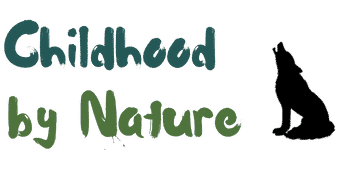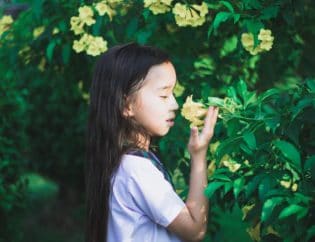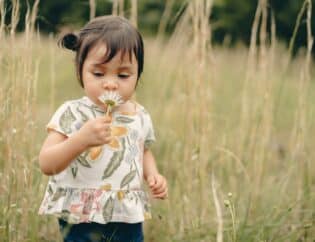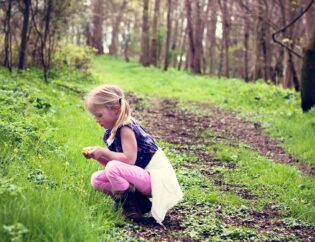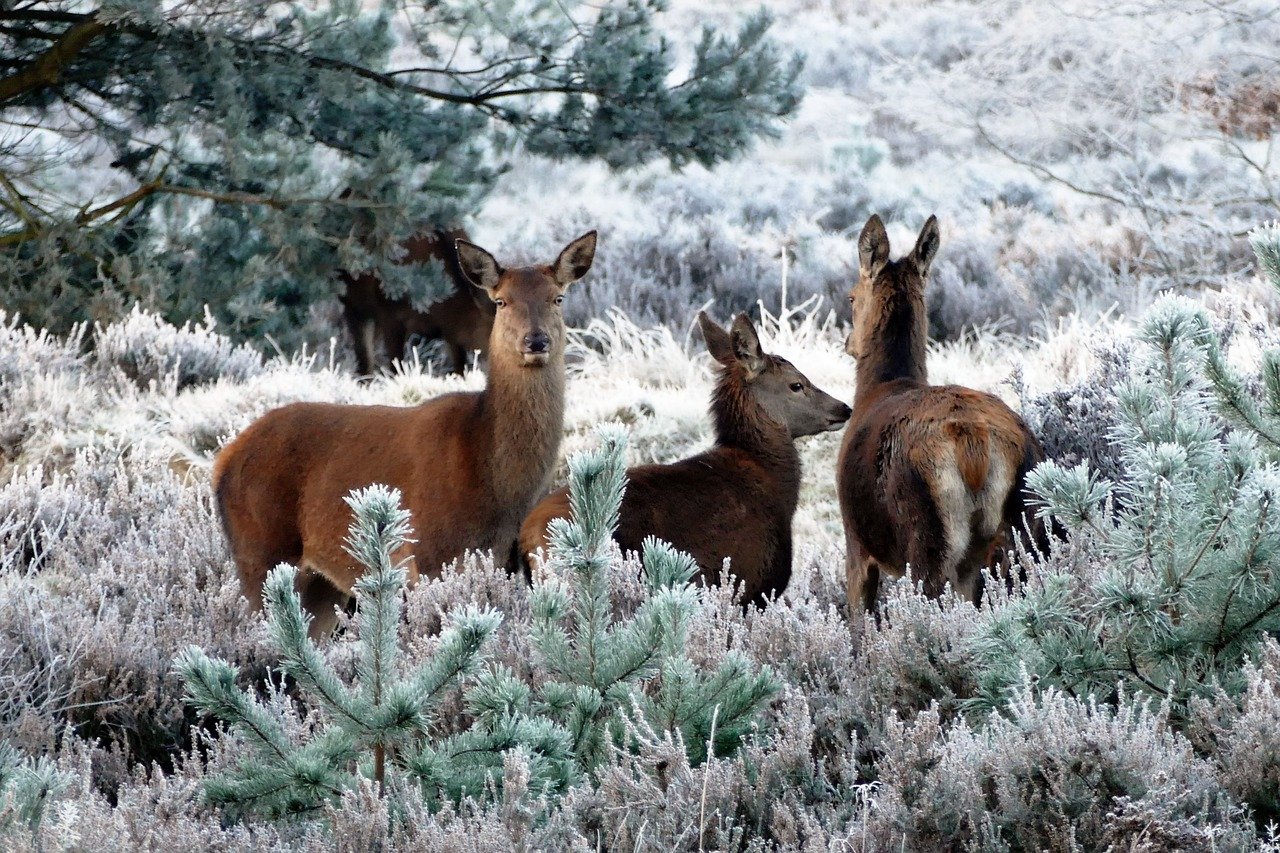
Just because it's winter does not mean we take a hiatus from outdoor activities with kids. In fact, this is the perfect season to encourage young naturalists to develop their nature know-how. But your little nature lover may ask, "where have the critters gone?" Be prepared for their question with our primer on winter animal survival strategies.
Animals have a variety of strategies for surviving the winter, depending on the species and the severity of the winter conditions in their habitat. Some animals migrate to warmer climates, while others hibernate or aestivate (a type of hibernation that occurs during hot summers) to avoid the harsh winter weather.
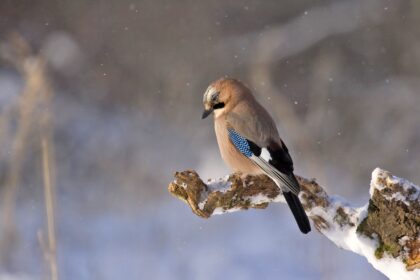
Migrating animals, such as birds, typically fly to warmer regions where food is still readily available. Some birds, such as geese and swans, travel thousands of miles to reach their wintering grounds. Other animals, such as monarch butterflies, also migrate to avoid the winter weather.
Hibernation is a state of decreased metabolic activity that allows animals to survive periods of food scarcity. Hibernating animals, such as bears and groundhogs, will eat a lot before winter to build up fat reserves, and then spend the winter in a dormant state, living off of these fat reserves. During hibernation, an animal's heart rate, breathing rate, and body temperature all decrease, conserving energy.
Aestivation is a similar strategy used by some animals to survive hot, dry summers. These animals will burrow underground or seek shelter in cool, moist places to avoid the heat and conserve energy.
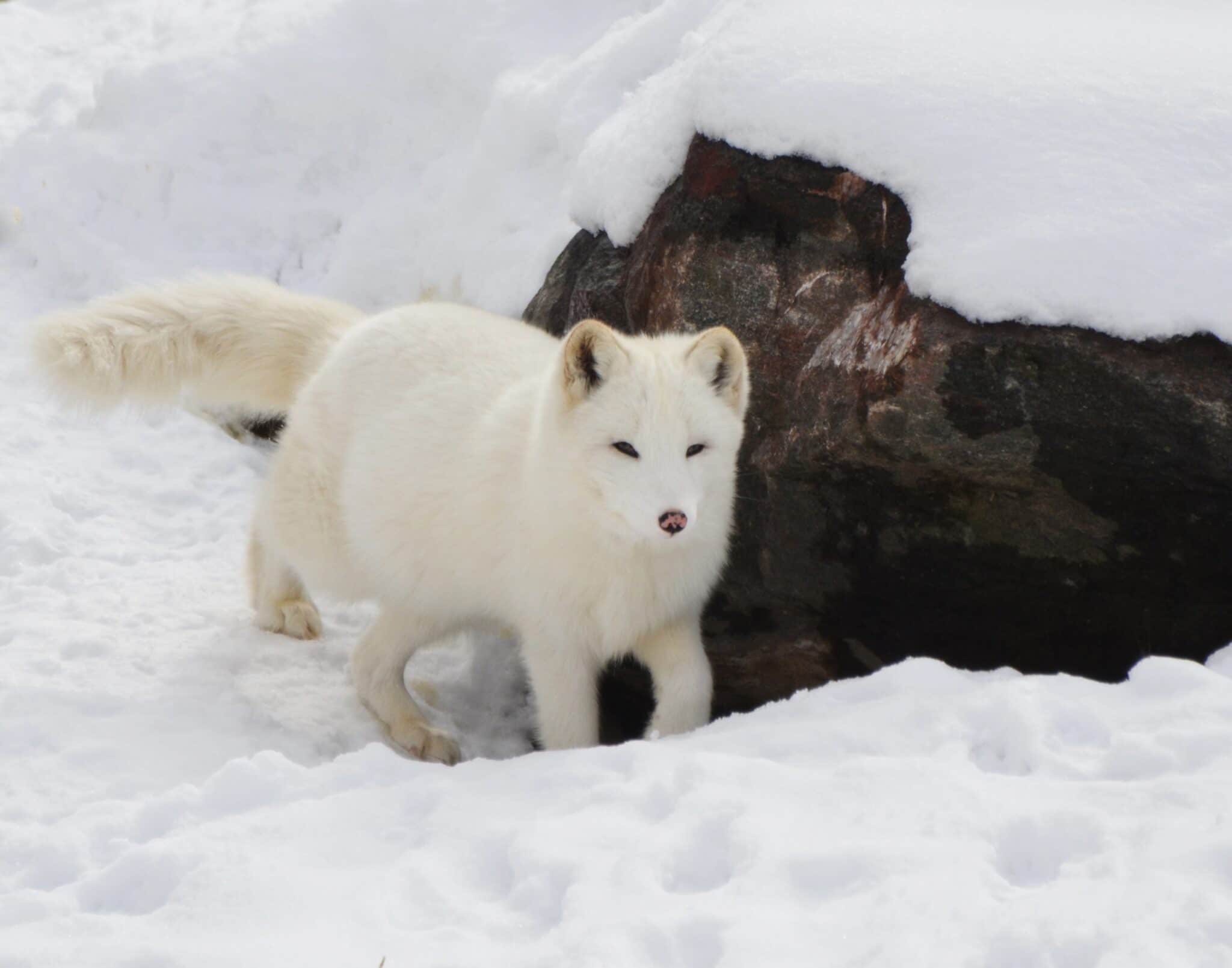
Other animals, such as arctic foxes and hares, have thick fur coats that insulate them from the cold. This allows them to stay active during the winter and find food. Similarly, some animals, such as the arctic ground squirrel, will store food underground during the summer to eat during the winter.
Some fish, such as the winter flounder, have antifreeze compounds in their blood that allow them to survive in freezing water. Similarly, some amphibians, such as the wood frog, can survive being frozen solid by producing a type of "anti-freeze" made of glucose that prevents the formation of ice crystals in their body.
Young naturalists will be amazed to learn that animals have a variety of strategies for surviving the winter, including migration, hibernation, aestivation, insulating fur coats, and storing food. The specific strategy used will depend on the species and the severity of the winter conditions in their habitat.
